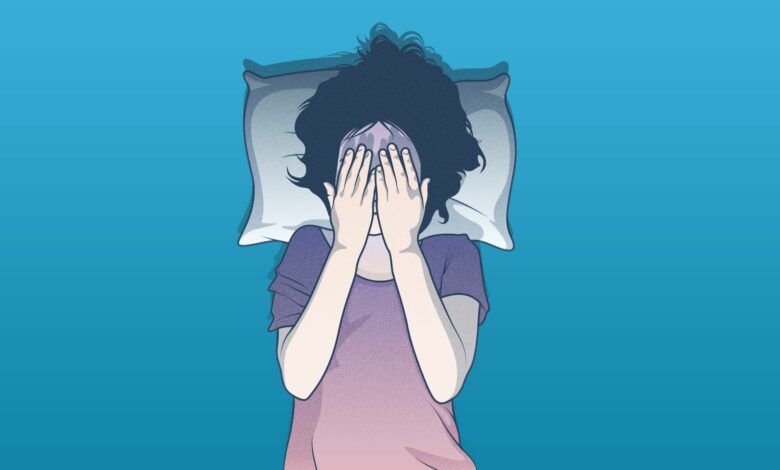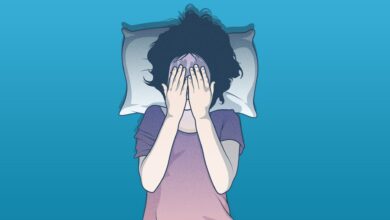Practical Techniques for Handling Chronic Pain


Millions of people worldwide suffer from chronic pain, which negatively impacts their everyday functioning and quality of life. Acute pain goes away when tissues heal, but chronic pain lasts for several weeks, months, or even years. An all-encompassing strategy that takes into account psychological, emotional, and physical factors is needed to manage chronic pain. This article examines several practical approaches to controlling chronic pain and provides information on both traditional and non-conventional pain management techniques.
Comprehending Chronic Pain
Persistent discomfort that can come from a variety of factors, including injuries, arthritis, nerve damage, and underlying medical disorders, is what is known as chronic pain. Unlike acute pain, which acts as a warning sign, chronic pain frequently lasts longer than anticipated and, if left untreated, can result in long-term disability.
Traditional Interventions
Drugs:
Analgesics: Nonsteroidal anti-inflammatory medicines (NSAIDs) and acetaminophen, both available over-the-counter, can help reduce mild to moderate pain.
Opioids: Due to the possibility of dependence and adverse consequences, opioids are only given in extreme circumstances and should be used under strict supervision.
Physical Medicine:
Exercise Plans: Customized workout plans help increase mobility, strength, and flexibility while lowering pain and averting more issues.
Manual Therapies: By focusing on reducing muscle tension and enhancing circulation, methods such as massage, manipulation, or acupuncture can offer relief.
Interventional Techniques:
Nerve blocks: Anesthetic or anti-inflammatory drugs are injected close to nerves to prevent pain signals.
Heat is used in radiofrequency ablation to interfere with nerve function and lessen the transmission of pain.
Psychological Assistance:
Cognitive behavioral therapy, or CBT, assists people in managing their pain by altering the beliefs and actions that lead to suffering.
Mindfulness and Relaxation Techniques: Exercises that promote pain tolerance and lower stress include yoga, meditation, and deep breathing.
Changes in Lifestyle
Food:
Lean proteins, fruits, vegetables, and omega-3 fatty acids are all important components of a balanced diet that can help lower inflammation and promote general health.
Suitable Sleep Position:
Creating a sleep-friendly atmosphere and sticking to a regular sleep schedule can help with pain management and general wellbeing.
Handling Stress:
Activities that reduce stress, such as journaling, hobbies, or time spent in nature, can help manage chronic pain.
Alternative Medical Interventions
acupuncture
stimulates particular body locations to ease pain and encourage natural healing.
Herbal Treatments:
Plants with anti-inflammatory qualities, such as ginger, turmeric, and capsaicin (found in chili peppers), may help lessen pain.
Biofeedback:
teaches people to regulate their own body’s processes, such as their heart rate or their muscle tension, which may lessen their sense of pain.
Integrative Methodologies
Programs for Multidisciplinary Pain Management:
Integrate different forms of therapy (psychological, physical, and medical) to develop a customized course of care.
Patient Instruction:
gives people the tools they need to take control of their expectations, comprehend their condition, and actively engage in their therapy.
Obstacles and Things to Think About
Personal Differences:
One person’s solution might not be another’s. Tailored care regimens are crucial.
Consequences and Hazards:
It is important to consider the risks and advantages of certain therapies, such as invasive surgeries or drugs, before undergoing them.
Extended-term Administration:
Management of chronic pain is frequently continuous. It could be essential to regularly reevaluate patients and modify treatment regimens.
In summary
A comprehensive strategy that takes into account the psychological, emotional, and physical components of pain is needed to manage chronic pain. People have a variety of options to choose, ranging from traditional treatments like drugs and physical therapy to complementary therapies like acupuncture and mindfulness. Making lifestyle changes and getting help from medical specialists can enable people to take control of their pain and enhance their quality of life in general. People can actively seek relief from chronic pain and improve their quality of life by being aware of the intricacies of the condition and employing practical coping mechanisms.
In conclusion, managing chronic pain is a voyage of discovery and adaptation to determine what best suits each person’s particular requirements and circumstances rather than a one-size-fits-all solution.








